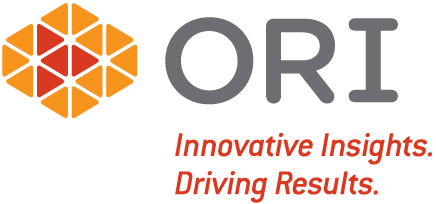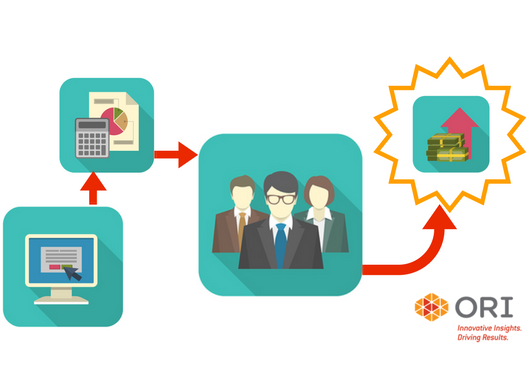Building a Culture of Quality Data: Insights from Data Specialists
ORI recently attended the Capital Data Summit in Washington, D.C., which brought together more than 300 attendees from the D.C. metro region and beyond to discuss innovations in data and analytics. We heard from true “big data” gurus who not only shared their findings and insights on the impact of the data explosion of the past decade but also helped us look ahead to see where data and analytics are heading over the next several years.
In a previous post, we explored several common ways that data integrity impacts organizations as well as how to identify missing data elements that matter to your organization. Now we’ll explore how to successfully build a culture of quality data, reflecting on some important revelations from these keynote speakers.
You Need to Have Employees that Understand Data
(even if they’re not data scientists)
According to the Harvard Business Review, companies now more than ever are hiring CDOs, or Chief Data Officers, in order to remain competitive in the marketplace. That being said, it’s not always easy for an organization to get used to the idea of investing in large volumes of data analysis and carrying that extra overhead.
Even if an organization believes that a dedicated “data person” is too much or unnecessary in its business model, key decision makers still need to maintain and adhere to a data strategy. Outsourcing data analysis can help match limited resources with intermittent data requirements. Regardless of the model, when executives (and their employees) know how to leverage the data within their organization to make better decisions, this approach can propel success forward.
Besides knowing about big data, there are a few important things to consider when using data to make decisions. It all starts with the “five V’s.”
When in Doubt, Follow the 5 V’s
If you’re not really sure where to begin when it comes to working with and understanding big data, don’t stress. According to Bernard Marr, a leading expert on data and analytics, big data can be best described with five V’s (the last being the most important):
- Volume: This alludes to the huge swaths of data created each day. IBM estimates that we create about 2.5 quintillion bytes of data each and every day.
- Velocity: This is the speed at which data is generated—and how quickly it moves from one point to another. For example, Google now processes roughly 40,000 queries every second of every day! That’s fast.
- Variety: This has to do with the various forms of data now available for use. Examples include structured versus unstructured data.
- Veracity: This is an important one because it deals with how reliable the data is. Is your data “messy” or “clean”?
- Value: This is the most important one. Are you able to take the data you’ve gathered and turn it into useful information? (For more on this, check out a video we’ve posted about it here.)
These five V’s can help you and your team truly understand what data challenge you are trying to solve and, in turn, result in a strong data strategy. Do you truly have “big data,” or is it that your data is “big enough” that you struggle to analyze it easily and efficiently? Perhaps it is not a volume issue, but veracity is a problem. ORI often hears from organizations that have implemented new data visualization tools like Tableau, only to discover that the data they can now see with clarity is wrong in reality.
Building a culture of quality data is a key step toward attaining a customer-centric culture wherein every decision incorporates a customer perspective. Of course, true data integrity also requires that leaders examine an issue that plagues most organizations: How to Overcome Data Silos to Strengthen Customer Experience.












